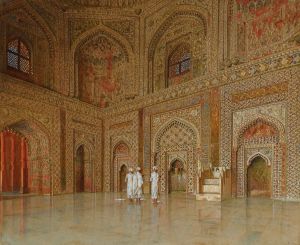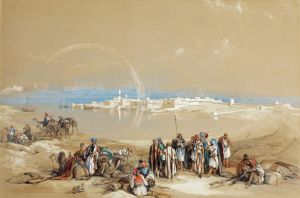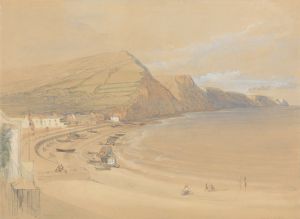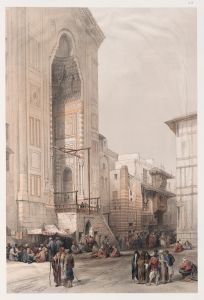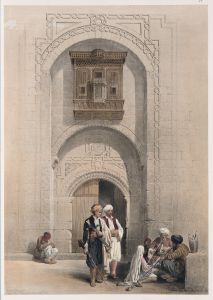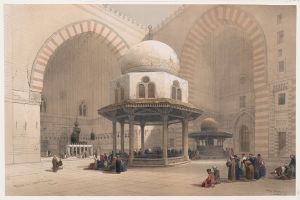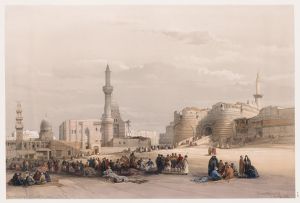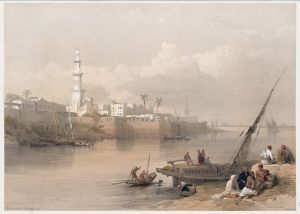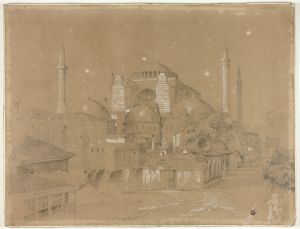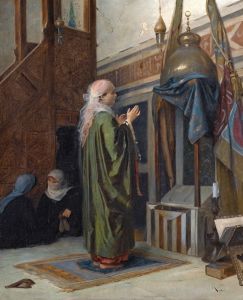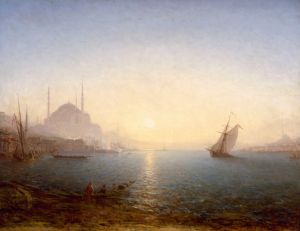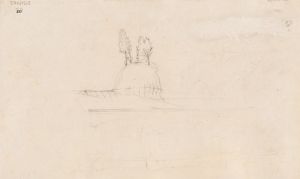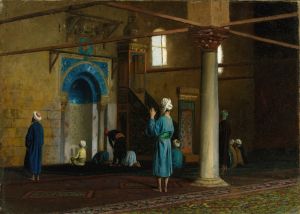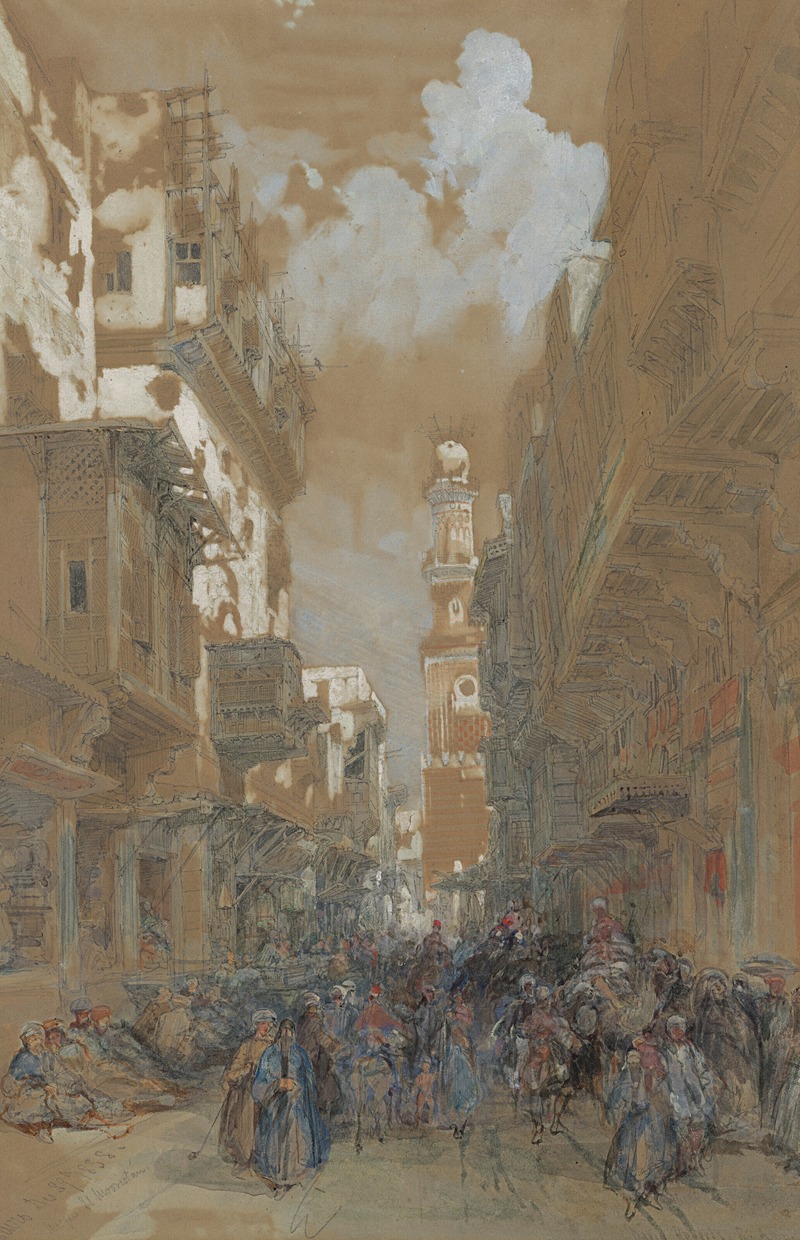
Mosque, El Mooristan, Cairo, Egypt
A hand-painted replica of David Roberts’s masterpiece Mosque, El Mooristan, Cairo, Egypt, meticulously crafted by professional artists to capture the true essence of the original. Each piece is created with museum-quality canvas and rare mineral pigments, carefully painted by experienced artists with delicate brushstrokes and rich, layered colors to perfectly recreate the texture of the original artwork. Unlike machine-printed reproductions, this hand-painted version brings the painting to life, infused with the artist’s emotions and skill in every stroke. Whether for personal collection or home decoration, it instantly elevates the artistic atmosphere of any space.
David Roberts' painting Mosque, El Mooristan, Cairo, Egypt is a 19th-century artwork created by the Scottish artist during his travels in the Middle East. Roberts, renowned for his detailed and romanticized depictions of architectural and historical landmarks, visited Egypt in 1838-1839 as part of his extensive journey through the region. This painting is part of his larger body of work that captures the landscapes, monuments, and urban scenes of the Middle East and North Africa.
The subject of the painting, the "El Mooristan" mosque, refers to a structure located in Cairo, Egypt. The term "Mooristan" is derived from the Persian word "bimaristan," meaning "hospital," and historically, it was associated with the site of a hospital complex established during the Fatimid period. The hospital, known as the Al-Mansuri Bimaristan, was founded in the 13th century by Sultan Qalawun and served as a prominent medical institution in medieval Cairo. While the exact mosque depicted in Roberts' painting is not definitively identified, it is likely connected to the architectural and cultural heritage of the area surrounding the historic Mooristan.
Roberts' works were highly regarded for their accuracy and attention to detail, as he often sketched his subjects on-site before completing the final paintings or lithographs. His depictions of Cairo, including this painting, provide valuable visual documentation of the city's architecture and urban life during the 19th century. The painting showcases the intricate Islamic architectural elements characteristic of Cairo's historic mosques, including domes, minarets, and decorative details.
The painting was later reproduced as part of Roberts' monumental publication The Holy Land, Syria, Idumea, Arabia, Egypt, and Nubia, a collection of lithographs based on his sketches and paintings. This publication, produced between 1842 and 1849, brought Roberts' work to a wider audience and contributed to the 19th-century European fascination with the Middle East, often referred to as "Orientalism."
As with many of Roberts' works, Mosque, El Mooristan, Cairo, Egypt is both an artistic and historical artifact, offering insight into the architecture and cultural landscape of 19th-century Cairo. However, it is important to note that Roberts' interpretations were influenced by the artistic conventions and perspectives of his time, which often romanticized and idealized the subjects he depicted.





